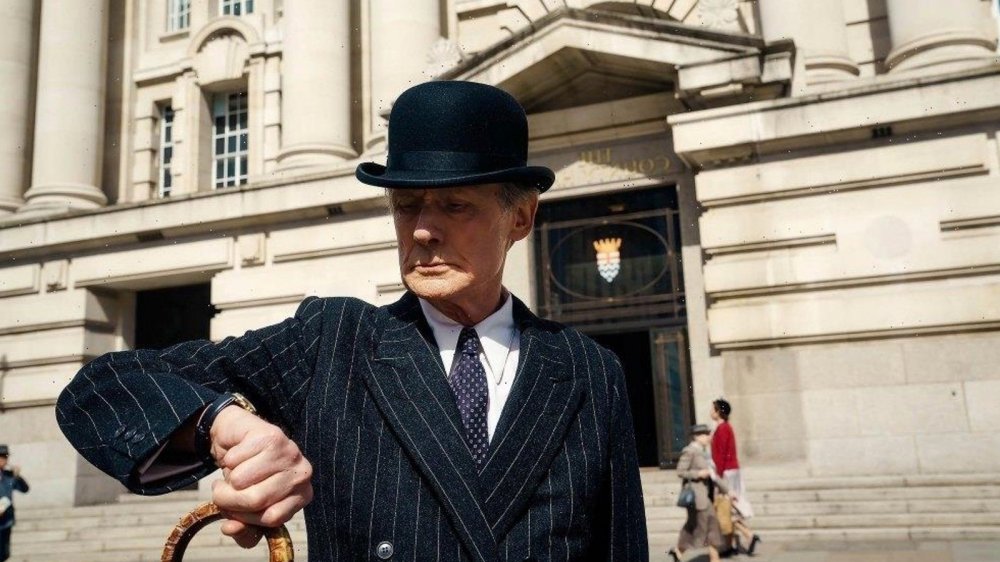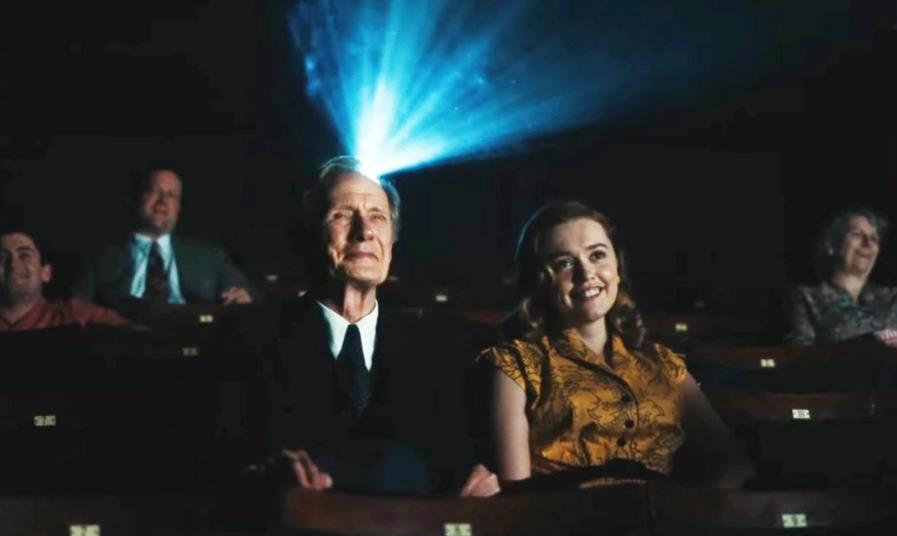If films can have pedigree, then Living – the new film from emerging South African director Oliver Hermanus, starring Bill Nighy, and written by Nobel Prize winning author Kazuo Ishiguru – is a rare breed indeed. It’s adapted from the 1952 Akira Kurosawa film Ikiru, which was itself inspired by a novella from Leo Tolstoy. Given the religious undertones of martyrdom and redemption that underlie the story, Tolstoy may well have divined the plot directly from the Almighty himself. So that’s a lot of pressure on what is ostensibly a rather small studio outing with a limited cinema release from Lionsgate UK. (The film also demonstrated its pedigree with Oscar nominations for Nighy and Ishiguru.)
Thankfully, Living is rather good – especially in its depiction of 1950s London, when identical men in dark suits and bowler hats filled the trains in the morning and the pubs after dark, and repressed women were expected to either work low-skill jobs or have as many children as possible. Sons could look forward to distant relationships with their fathers. And the whole scene was very, very white.
In this world, Nighy plays Rodney Williams, an ageing senior bureaucrat at London County Council. Early on a group of women apply to develop an old World War II bombsite into a children’s playground, only for Williams to shuttle them between various Kakfa-esque departments without any answers. Williams – played by Nighy as austere, humourless, and cowardly – puts their application back into purgatorial limbo, stating “We can keep it here. It can do no harm.” Devoid of compassion and intimacy, his life is essentially on autopilot.
Two things change Williams’ perspective. First, he’s diagnosed with a terminal illness. Second, he meets Margaret Harris (Aimee Lou Wood), who symbolises a spontaneity and optimism that Williams long ago abandoned. In a familiar turn of events, something “comes over” Williams, and before we know it, he’s drinking in bars, singing folk songs, and replacing his traditional bowler hat with a trilby. It should go without saying that the latter half of Living sees his character redeem himself, notwithstanding the (obligatory) indignation of his co-workers and family, who are themselves caught in the stifling social conditions of 1950s England.
So there’s not much in the way that’s groundbreaking in Living. It’s essentially a take on the same themes posed in Frank Capra’s It’s a Wonderful Life or Groundhog Day; and, literally, hundreds of other Hollywood pictures. But Ishiguru injects the characters with trademark wells of emotion. Like the butler Stevens in The Remains of the Day, Williams must jettison the repression of his day and age to satisfy his own primal needs for love and fulfilment.
In the wrong hands, this kind of material can play sappy, and Living does come perilously close. But fortunately, it’s British, not American, and the filmmakers don’t hit you over the head with it. Nighy plays the character with a sensitive strength, reminding us that old folk can yearn, and love, and even lust, just like the rest of us.
If one thing impressed me about Living, it’s the rendering of post-war 1950s London, shot sumptuously by Jamie Ramsay, and scored to a mixture of baroque jazz (if that’s a thing) and orchestral music. The production is on point. The cars look great. And the men in dark suits and bowler hats flooding Westminster evoke the heady surrealism of Rene Magritte’s painting Golconda, which essentially poses the same question that Living poses: where does the individual fit within the herd, and what can we do with our limited time to make our life meaningful. Some of the answers the film provides are inevitably a bit neat (we can’t, for example, all approve a playground) – but I was left with a sense that maybe we can all do a bit more.
And a good place to start might just be to take your parents (or your grandparents) to see Living. They might need it.
Living opens in cinemas today.



